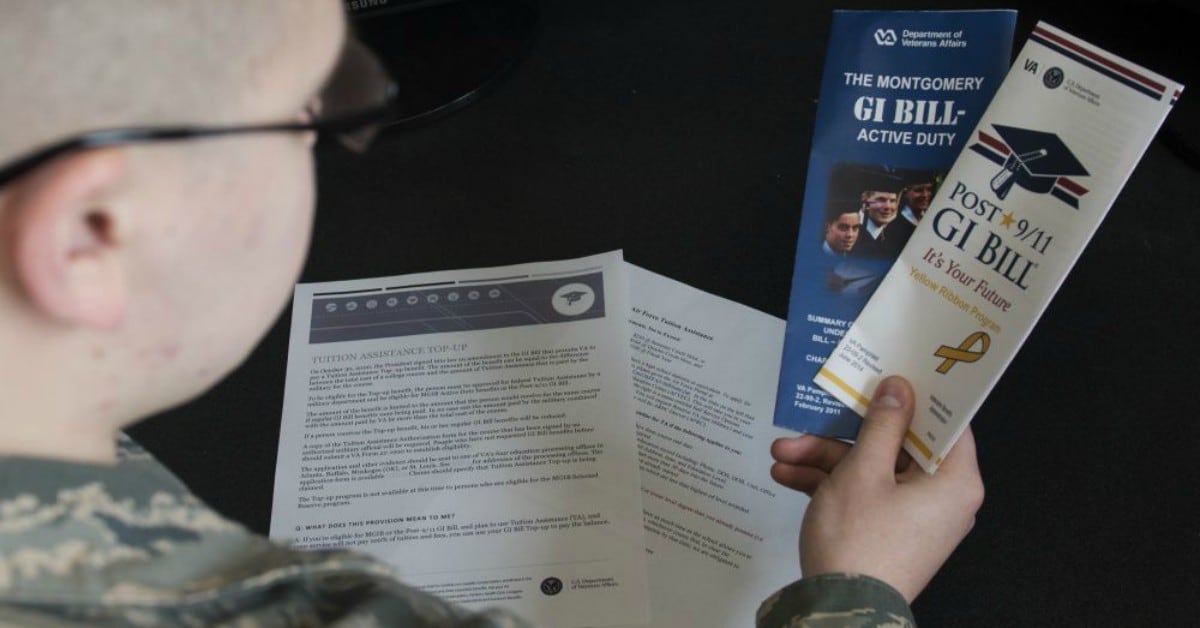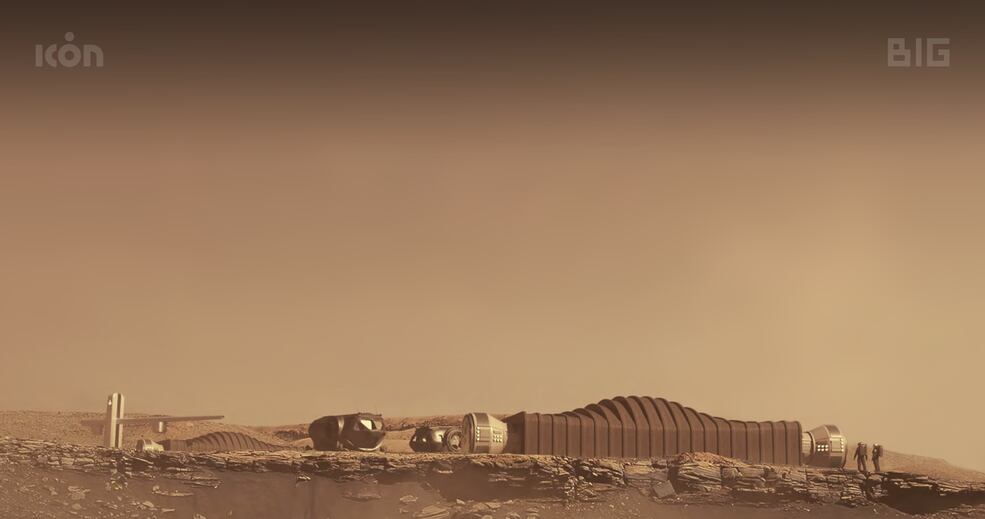As the space program turns its eyes toward the distant frontier of Mars, the National Aeronautics and Space Administration’s preparations for the exploration of the red planet are kicking off.
NASA is currently recruiting candidates for a new mission that will simulate a yearlong stint on Mars. And veterans, according to one transition expert, are ideal for the program.
Dubbed the Crew Health and Performance Exploration Analog, or CHAPEA, the mission will commence Fall 2022 and is scheduled to comprise three one-year missions that aim to address issues that may potentially arise during long-term spaceflight missions to Mars and the moon.
According to its website, NASA designed the mission to simulate “effects on the body similar to those experienced in space, physical, mental and emotional.”
Each of the three missions will be made up of four crew members living in a 1,700-square-foot, 3D-printed module called Mars Dune Alpha. The module will be designed to imitate conditions and challenges future Mars mission personnel could face.
Crew members can expect to participate in communications efforts, simulated spacewalks, virtual reality, robotic control usage and unspecified scientific research. NASA hopes the data obtained from the simulated missions will help the program develop solutions to potential problems.
Anticipated challenges, NASA officials noted, could include “resource limitations, equipment failure, communication delays and other environmental stressors.”
Such obstacles are why military members may make for ideal candidates, said Military Times Education and Transition columnist and retired Green Beret Lt. Col. Kirk Windmueller.
RELATED

“You’re talking about living in a less-than-ideal space and working in a small team,” Windmueller said. “If you’re living in that kind of environment ... you’ve got to be able to adapt and overcome and that’s what [service members] do. ... Imagine if you’re trapped in a cube for a year. You’d have to be able to find the humor in only being around your team, people from all walks of life probably, in simulated space.”
Qualified candidates will be between 30 and 55 years old, a U.S. citizen or permanent resident, and are expected to have completed a master’s degree in a STEM field — computer science, mathematics, physical science, engineering and biological science — or two years of a doctoral degree in medicine or osteopathic medicine.
Completing at least 1,000 hours of pilot-in-command time on a jet aircraft also factors in qualification, and military veterans may apply with only a bachelor’s degree in a relative STEM field.
Candidates must also pass a NASA long-term flight physical, which may be easier for healthy service members than the general population due to the military’s thorough medical entry-processing. Additional medical considerations can be found on CHAPEA’s application page.
Grace Douglas, lead scientist for NASA’s Advanced Food Technology research effort at the Johnson Space Center in Houston explained in a NASA newsletter why a successful analog mission and appropriate candidate qualifications are so important.
“The analog is critical for testing solutions to meet the complex needs of living on the Martian surface” Douglas said. “Simulations on Earth will help us understand and counter the physical and mental challenges astronauts will face before they go.”
Windmueller echoed that sentiment, saying, “Being relentless and never quitting, being mission driven is what they would need for this and why military members would be so ideal. We get the mission done.”
Applications for CHAPEA are open to the general public from Aug. 6 until Sept. 17.
Rachel is a Marine Corps veteran and a master's candidate at New York University's Business & Economic Reporting program.





